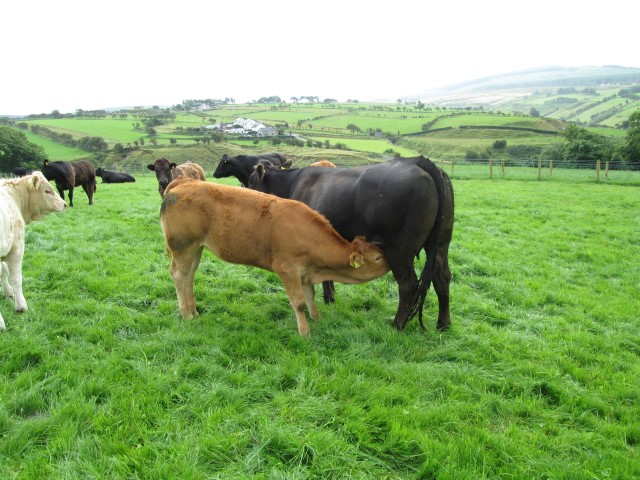Although there is little or no rain forecast for the next couple of days and the drought conditions are expected to continue, farmers have to be ready with a plan for when the rain eventually comes; now is the time to make that plan.
This was the message from Teagasc’s Pearse Kelly at a recent fodder event held on John and Shirley Watchorn’s farm in Co. Wexford.
Addressing the large crowd in attendance, Pearse explained that having fertiliser in the yard ready to go when the weather does eventually change is extremely important, as every farmer in the country will be after the product.
On fertiliser rates, he said: “Farmers may be asking themselves: ‘Do I spread some of the farm or all of the farm?’
Spread the whole place. What’s used is used and what isn’t used will stay there and be used again.
Continuing, he said: “Farmers need to think about the feed that they can use today and that’s obviously the first priority. But farmers need to start thinking about growing grass and taking a third cut in September.
“This doesn’t matter whether you’re a dairy farmer or a drystock farmer, you have to think about growing extra grass over and above what they are going to eat today,” he added.
“Talking to Teagasc researchers – that have already grazed second-cut silage paddocks – they will be going with a bag and a half (per acre) of sulpha CAN when rain is forecast and that equals 40un of N per acre.”
Pearse also advised taking surplus bales out when the weather does break. But, he highlighted the importance of building covers for the autumn. This will prevent livestock going into sheds early and ease the demand for winter fodder supplies.
Reducing demand now and over the winter
Reducing demand for grass and fodder in the current situation is important. But, farmers need to be looking at the demand for the future months.
Touching on measures to reduce feed demand, he said: “Autumn-calved suckler cows should be weaned at this stage; it’s a no-brainer. There is also an opportunity to wean early spring calves that are already a reasonable weight (250kg).
“Stop the breeding season now and scan your cows. Any suckler cow that is empty should be culled. This is not the year for passengers; these cows are not profitable anyway,” he explained.
Pearse highlighted that steers that are 150kg off from finish can be put indoors and built up on an ad-lib meal diet over a 100-day period. It is important to ensure that 10-15% of the diet is roughage and that these animals have access to fresh water.
Heifers – 100kg away from finish – can also be housed and put on an ad-lib meal diet over 70-80 days.

